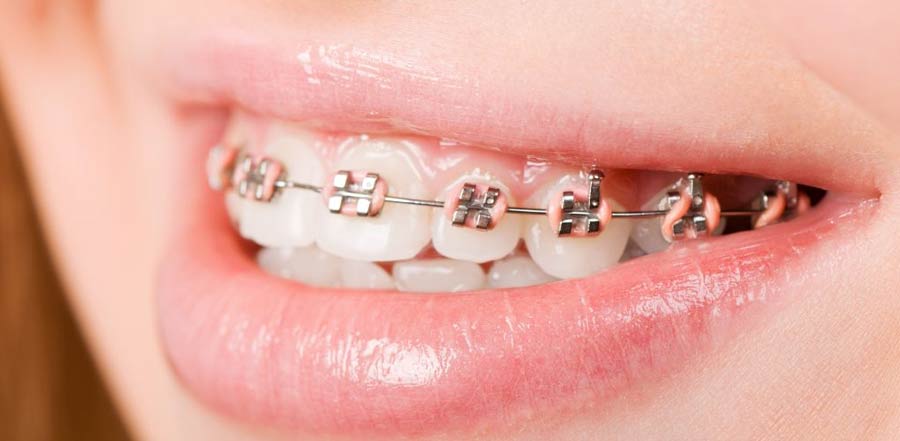Children’s Orthodontics in Dade County
Anybody looking for Children’s Orthodontics in Dade County needs to consider Dr. Carmen Briceño Crespi at Lakes Orthodontics an award-winning, board certified orthodontist with more than 20,000 cases to her name. That is key because nowadays credentials has been set aside in favor of lower cost. But just like it is unlikely that you will hire a electrocian to fix your phone you should not go to a family dentist if you are searching for Children’s Orthodontics in Dade County.
Children’s Orthodontics in Dade County
Dental Practitioners and orthodontists have numerous things in common. For beginners, they may both practice as dentists. Both of them spent thousands at collages to receive their bachelor degree in dentistry. They manage the oral hygiene of their patients. An orthodontist can be able to provide the same care as a family dentist but a family dentist is not able to provide the same level of service as an Orthodontist. Hence there are many essential differences between a dentist vs an orthodontist.
An orthodontist is required to undertake additional schooling when compared to a dentist. This must be done for him or her to operate as a specialist dentist in orthodontics. This is similar to a general practitioner who has to have additional schooling to qualify as surgeon. A family dentist completes a basic dental degree. An orthodontist, on the other hand, needs to complete this same dental degree together with acquiring a specialist degree which will take an additional 3 years.
A dentist provides a wide range of services including repairing teeth and dental cleaning. A dentist can offer gum care, fillings, and whitening teeth. He/She is able to perform dental servies on veneers, crowns and bridges. An orthodontist is actually a espert in jaw and teeth alignment. Orthodontic treatment helps with dental development.
Another difference between a dentist and an orthodontist is the fact that dentists send patients with some other dental difficulties to orthodontists. Dentists are unable to offer orthodontic care. Cases including fitting braces and Invisalign, teeth alignment, improving an overbite or under bite should be referred to these dental specialists.
A dental professional can diagnose and treat diseases of your teeth, and gums. She or he provides dental services to patients spanning various ages. An orthodontist detect and treats bad bites, crooked teeth, and poorly aligned jaws. They give this care to clients of any age.
In the dental industry, different services are offered by a dentist versus an orthodontist. You must go to an orthodontist for orthodontic care, which won’t be supplied by a dentist who is not qualified. And, you need to visit the dentist for general dental care. Both dentists and orthodontists hold important roles in dental care. You have to make a well-informed decision when picking which one to check out. Don’t matter what we say it wouldn’t be smart to trsut what our website says is not very samrt and this is why we ask you read our Google testimonials. A great number of individuals select Lakes Orthodontics for Invisalign Westchester FL over many of local dentist. However, if you would like more information about Children’s Orthodontics in Dade County please visit at our blog, where you will find several articles on not only best Children’s Orthodontics in Dade County, but many of other subjects concerning everybody trying to get braces
Blog Realted to Children’s Orthodontics in Dade County
Is Your Smile Attractive Or Unattractive?
Are you having a hard time with your appearance? Are you looking in the mirror and not liking what you see? Do you think you are [...]
Consider This Before Invisalign
Braces are more commonplace in our society than ever before. However, traditional braces are not what most people desire anymore. Fixing your teeth without advertising it [...]
Orthodontics Insurance Coverage
Will my insurance cover the cost of my braces or Invisalign? Insurance can be a very overwhelming subject for most people to understand. After all, so [...]




